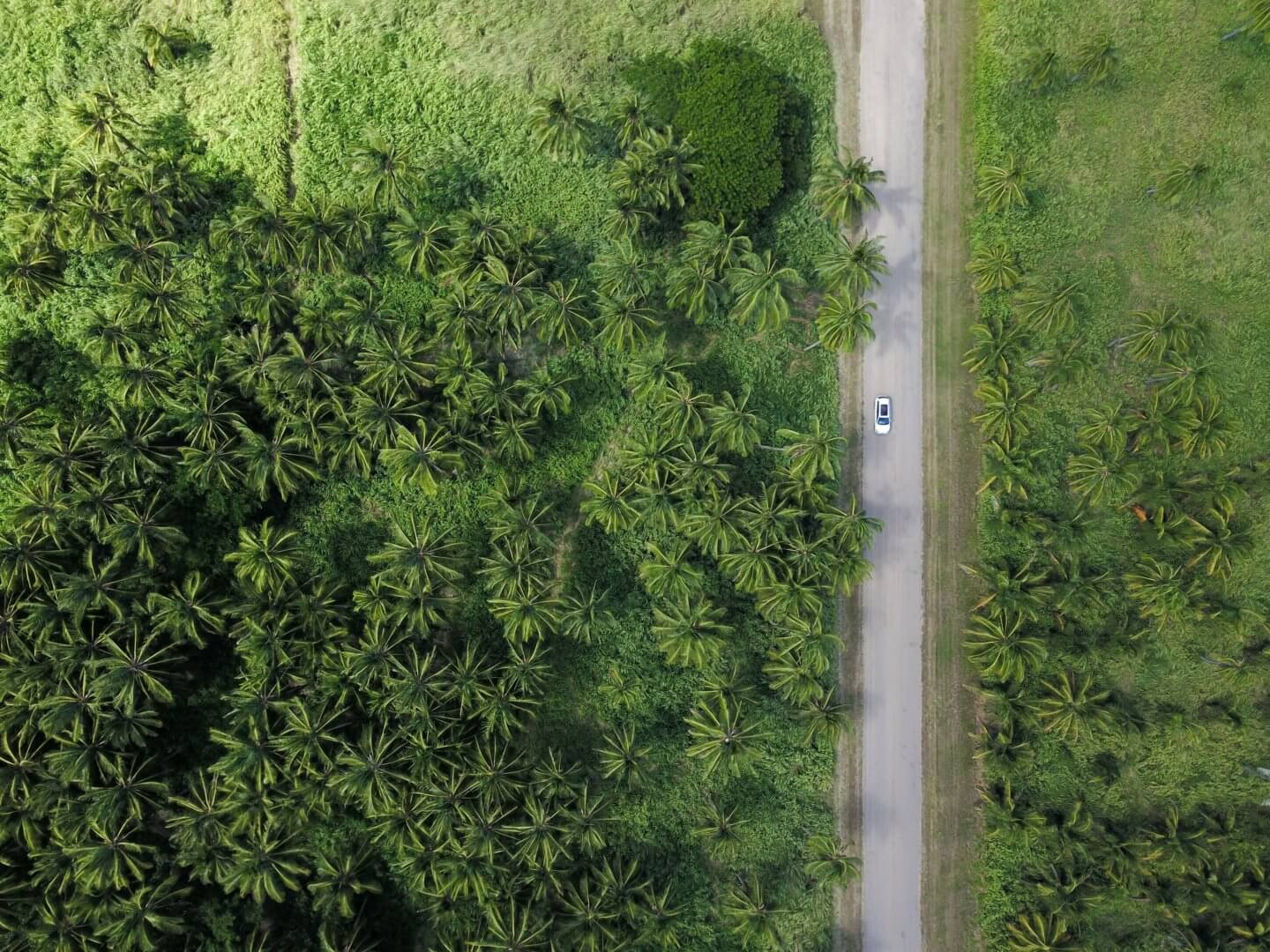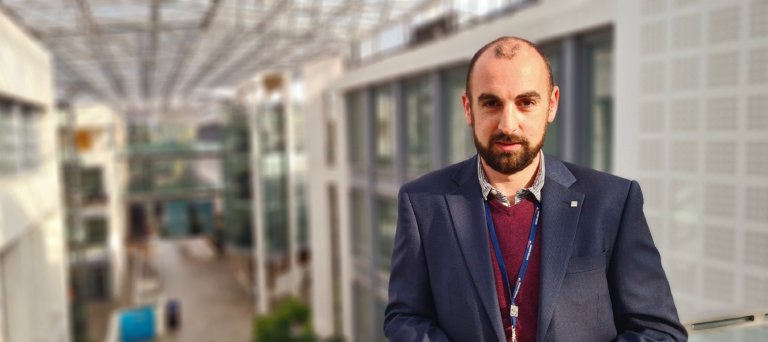Our Sustainability Journey
Our Sustainability Journey

World Environment Day celebrated on 5th June, is one of the most important days on the sustainability calendar. Sustainability has always been at the core of our values at Stretchline, and we are committed to minimising our impact.
This year, we want to reflect on some of the key issues faced by the textile industry and look at our journey to becoming more sustainable.
Reducing emissions
In most cases, the first thing that comes to mind when discussing sustainability is climate change – the impact caused by greenhouse gas (GHG) emissions and the ongoing global effort to reduce fossil fuel dependency.
As part of our journey, we eliminated coal power from all our global sites in 2019. However, this is not where we want to draw the line. As our journey continues, some of the key projects on GHG emission reduction have already been completed, and new ones are in the works. These include installing solar panels across all our sites worldwide as a renewable energy initiative. Our solar upgrade has already reduced our GHG emissions and it will continue to play a vital role in our strategy going forward.
This year, we also committed to significantly reducing our GHG emissions by committing to the Science-Based Targets Initiative (SBTi). We set ourselves the following science-based targets:
Reduce direct emissions under the operational control and indirect emissions from purchased energy by 25% by 2025 and 37.8% by 2030 from 2021 as the baseline year
Reduce all other indirect emissions within Stretchline’s value chain by 25% by 2030 from 2022 as the base year
The open-loop
The instinctive solution to reducing waste has always been to avoid landfills. Upcycling and recycling are two methods for accomplishing this.
Upcycling is to reuse for a better function. For example, we can recycle plastic into polyester – at Stretchline, we make 15% of our yarns from recycled polyester, which instead of being discarded, now has a second life in our yarns.
In the last few years, the textile industry has made great strides toward creating fully recyclable fabrics. As with our Fit-J line, these are known as open-loop fabrics. The term “open-loop” refers to a system in which you can break down a product’s raw material to use in a new output – usually unrelated to its original purpose.
Reducing water waste
Water waste is a significant problem facing the textile industry in our quest to become more sustainable. Besides being one of our most precious resources, water is also a key ingredient in manufacturing clothes and yarn.
Innovation is crucial in reducing our impact and water usage in our production process. For example, with our state-of-the-art digital colour matching tools, we reduce energy and water usage while increasing the accuracy of our colour matching.
However, this isn’t the only way we reduce our water impact. The dying process also plays a key role. So in addition, we also recycle dye bath water and use natural dyes as much as possible, significantly reducing our environmental impact.
In total, our current initiatives will reduce the water footprint of our products by 22%.
Our journey continues
These are just some of the targets we set ourselves as a business. As part of our commitment, we will continue to be self-reflective, interrogate our processes, and most importantly, continue our journey for a better tomorrow.


